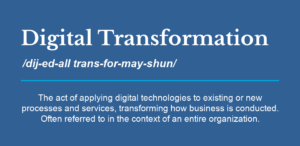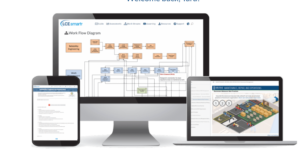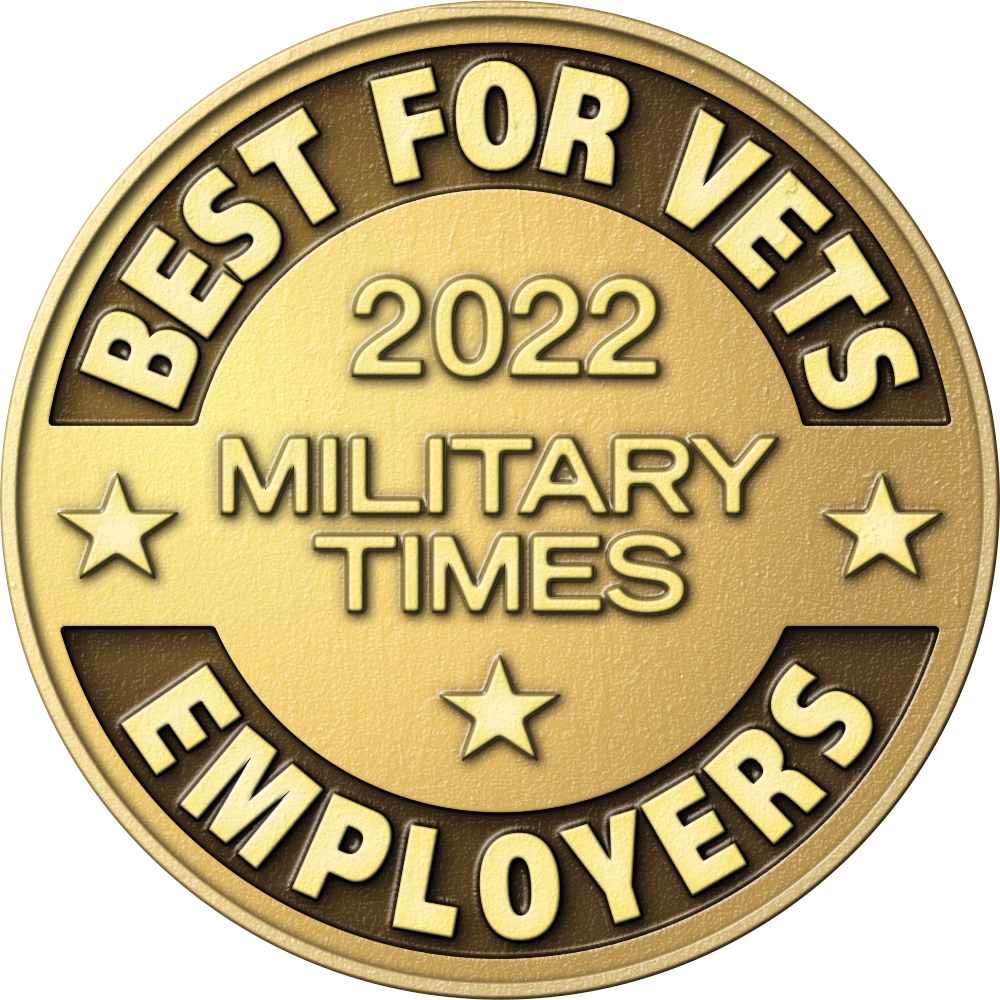Struggling to see value from Industry 4.0 technologies? Time to put people at your core
By Rick Wheeler, Vice President of Life Cycle Engineering’s Reliability Consulting Group
As published in Food Engineering Magazine
No one can argue the benefits of Industry 4.0 technologies – simplifying decision-making, elevating productivity, and cutting costs to name a few. Getting there has been top of the agenda for executives for the last decade. While the goal may seem simple, the process itself is far from easy. Many food & beverage manufacturers remain stuck – some early adopters have already invested significant time, money and resources into these technologies, while others are reluctant to start the journey. Neither are experiencing the full value. Why? Because Industry 4.0 solutions only work when they are built upon a solid foundation.
Executives pursue Industry 4.0 because the math makes sense; they’ve made a multifaceted cost-benefit decision that weighs a potentially substantial return on investment and key performance metric gains, the risk of missing out competitively, and implementation complexity and costs. For front-line personnel, though, it’s a mixed bag: revolutionary advancements may be exciting for some and elicit concerns about skills adequacy, job security, and loss of control for others.
No matter where you’re at in your journey, you’re likely thinking about your next step (or 10). And Industry 4.0 technologies might solve a few of your problems, but not all of them. Without putting foundational building blocks in place, you’ll never get to your goals. Data, assets, processes, projects, technology, and reporting, all need to work together. It’s what we call a smart culture and the first step is recognizing that adopting a smart culture involves putting people at your core.
Transforming your organization with a smart culture
Disrupted global supply chains, increasing costs, rising inflation and labor shortage – are just some of the challenges for executives and managers in the food & beverage industry today. The need to reduce costs, operate more efficiently and extend the life of assets while also increasing operating capacity has never been more important.
Despite advancements in technology and the ambitious goals of digital transformation, most manufacturers have struggled to see any real productivity gains. New technologies are layered onto broken processes than are expected to be managed by teams who are resistant to change. Combine this with employees who prefer the status quo and leadership who haven’t effectively communicated the process changes that need to occur – you have a recipe for failure. A recent report from McKinsey shows that 70 percent of complex, large-scale change programs don’t reach their stated goals.
What if there was a way of operating that considers not just digital technology but the whole picture of your company’s operations? Adopting a new mindset around smart culture is key to success and it begins with the understanding that tools and technology alone aren’t enough to achieve digital transformation. Instituting best practices to better integrate and manage assets, internal processes, and people can help to achieve efficient operations, reduce costs, and improve reliability. But many companies struggle to tackle these challenges on their own – being staffed for operations, rather than transformation. To lessen the load, trusted partners can help fill the gaps. Tuning into the wisdom of experts in the field is a great way to fine-tune these best practices while helping to support in your creation of a smart culture.
Equipment and technology are only as good as the people who use them
Your goal may be to optimize the bottom line, but how do you go about this without making more capital investments or hiring more people? Accessing an available and trained workforce is a big challenge, not to mention the costs associated with hiring and training new workers. It’s easy to get caught up in what you don’t have – lamenting the exit of retiring employees and trying to recruit unwilling candidates…or you can focus on supporting the people you do have. This means preparing your workers for change and putting good change management practices in place. Organizational alignment starts at the top. Leadership must be willing to set the vision for the future state, making sure it is clear, specific, and understandable. It requires working through what the change means for the organization and its culture, how roles will change, and how to prepare people for new roles.
Investing in training to educate workers in digital technologies can help them better understand the benefits of digital transformation. Training your workforce to use machinery and technology to their full potential is the single most important step in developing a smart culture. This could also include skills development and may potentially necessitate new talent acquisition, such as a reliability engineer or data scientist.
Creating the foundation for transformation
Establishing governing principles to create a culture of accountability and transparency involves a new approach. It’s about caring for your people while standardizing processes to improve reliability. A grower cooperative in Florida knows about this firsthand. Dealing with a lack of long-term planning, the 60-year-old cooperative decided they needed a complete transformation of company culture and processes for greater reliability and productivity. They focused on developing training documents for all company processes, adding a reliability engineer to the team, launching a new communications system, coaching in planning and scheduling techniques, and capturing data on a full season of repairs to plan for the next year. Establishing a process for root cause analysis and loss elimination was key to this approach. Here were some of the results:
- Over 1000 work orders executed, allowing for both material usage and actual labor consumption to be captured for the first time at the site.
- Improvements in both uptime and sugar production rates well ahead of original projections: 78.2% OEE results vs. projected 75.3%. This represented $1,000,000 in additional margin for the site.
- Maintenance spending reductions which exceeded original projections for the first year: $1.6MM vs. $0.5MM
So what can you do to increase the odds of success? The key is to make the most of the workforce you have by standardizing work processes you can apply organization-wide. Define metrics for each step along the way and include guidance on how to apply advanced technologies. This can make the process more effective and efficient. Establishing key performance indicators can also help you evaluate how your people are learning, using, and improving your Industry 4.0 initiatives. Once you learn how to apply best practices for a smart culture to your organization, you’ll find your workforce becomes more efficient.
Improving equipment reliability is key, but it’s only part of the puzzle
What happens when you apply smart culture and engineer your entire operation for reliability? You minimize unplanned downtime, extend asset life, and take advantage of technology that can help you do more with fewer people.
A great example of this is a leading cheese manufacturer who was looking to evaluate their current state of reliability and operations, increase asset uptime, increase production, reduce costs, and increase organizational effectiveness. These improvements were needed to meet growing customer demand and ensure the company’s competitive position in the marketplace while minimizing further capital investment.
This manufacturer also wanted to address some specific challenges:
- Reducing unplanned downtime and extending asset life.
- The lack of efficiencies in the application of best-practice reliability and work management processes to support increased asset availability and production levels.
- Improvements in data quality are required for proactive asset management.
- Lowering the unit cost to stay ahead of the competition.
They also needed to close the identified gaps and apply best practices to achieve their goals of improved reliability and lower maintenance costs, all while developing a culture of ownership through an engaged workforce. A tool was developed to help them dig deeper into the criticality of equipment, using refined data to shape equipment maintenance strategies. They also developed improved production loss reporting which resulted in $1.4M in downtime improvement projects.
These results are examples of what happens when you implement a reliability improvement project and as this organization sustains their improvement efforts, they are continuing to experience benefits from implementing best practices. The company is now well-positioned to meet future production demands in a cost-effective way.
The bottom line
Getting operations to run better, faster, cheaper, and safer isn’t easy. But it’s possible. It takes commitment from leadership, effective communication, and willingness to change – even when it feels uncomfortable. Without effective leadership as a driving force, your digital transformation efforts have little hope of succeeding, resulting in a waste of considerable efforts, costs and resources. And just as engaged employees can make or break an organization’s success, effective leadership and communication are critical too.
The success of smart culture relies on people – from leadership teams to the front line. When the focus is on this approach, companies can not only transform from reactive to
proactive cultures – but it also makes it easier to adopt Industry 4.0 technologies while attracting and retaining the valuable employees needed to meet goals.
Rick Wheeler is the vice president of professional services with Life Cycle Engineering (LCE). He works closely with the Reliability Consulting Group leadership team in developing LCE’s Industry 4.0 capabilities and services that leverage LCE’s thought leadership in asset management based on the ISO 55000 body of knowledge.

















